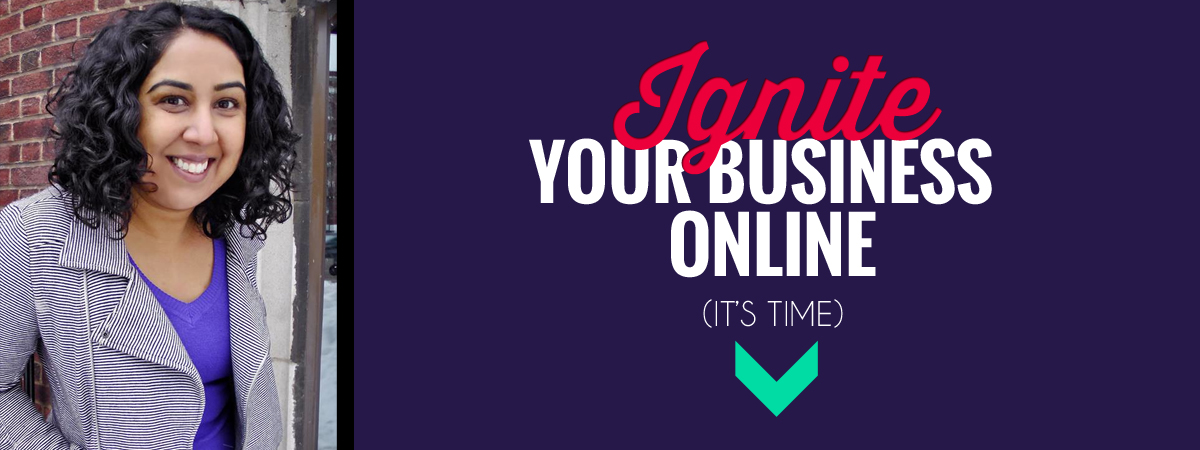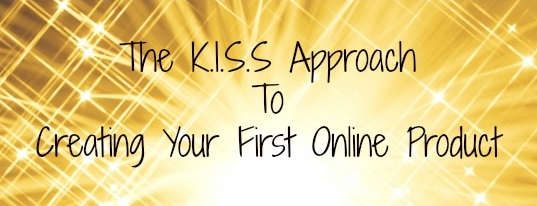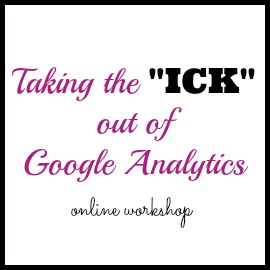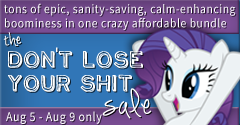 I don’t know about you but I’m pretty selective about who gets in my inbox. So when I start seeing things appear that I *know* I didn’t sign up for it kinda drives me bonkers. I was on a mini-work hiatus and upon coming back was inundated by emails which inspired this post.
I don’t know about you but I’m pretty selective about who gets in my inbox. So when I start seeing things appear that I *know* I didn’t sign up for it kinda drives me bonkers. I was on a mini-work hiatus and upon coming back was inundated by emails which inspired this post.
I bring you:
3 Signs You’re Doing Email Marketing Wrong
Unsubscribe? What unsubscribe? Exactly.
Holding people hostage to your mailing list is not going to get you anywhere. Especially if they never opted-in in the first place.
It’s practically 2014, if you *still* don’t have an unsubscribe button on your email marketing messages you are doing it wrong.
And I’m not trying to be cute. You really are doing it wrong. As in- it’s not legal.
Automatically adding me to your mailing list.
Handing you a biz card at a networking event is not the equivalent of me signing up to your mailing list.
Please, don’t automatically add people. We have to choose to opt-in.
And.. if you’re going to add me to your mailing list (without my permission) let me at least get off, easily, k? (see point one). None of that hit unsubscribe and then ask me to re-enter my email address and then count from 10-1 backward business. Keep it simple.
Email marketing without an email marketing service is not email marketing.
Say that 5x fast.
See point above. Adding hundreds of people to an email message (don’t get me started on the ones that don’t BCC) and telling them about your latest/greatest widget/blog post/sale/telesummit/FINAL OFFER OMG is *not* email marketing.
Stay classy and sign up for a service like Mailchimp (and it’s free).
Do it right or don’t do it all.
And this.
The Email/Facebook/Twitter/’insert other social media’ Bomber
In the history of mankind has this approach ever worked? This is the offline equivalent of a sleazy-car salesman or the telemarketer who is trying to sell you a device that you can plug in to your outlets to ‘save electricity’. I kid you not.
I mean seriously?! I’ve got nothing better to do than vote for a complete stranger..EVERY DAY of OCTOBER. Why not the rest of the year?!. #lesigh
Don’t be *that* guy. Don’t do online what you wouldn’t do in real life. Unless you are in the business of annoying people, it doesn’t work.
Any other email-marketing faux-pas you’d like to share?
Share your rant..err I mean comment below!
Get more actionable tips in your inbox by signing up here. I don’t spam, I promise 🙂








